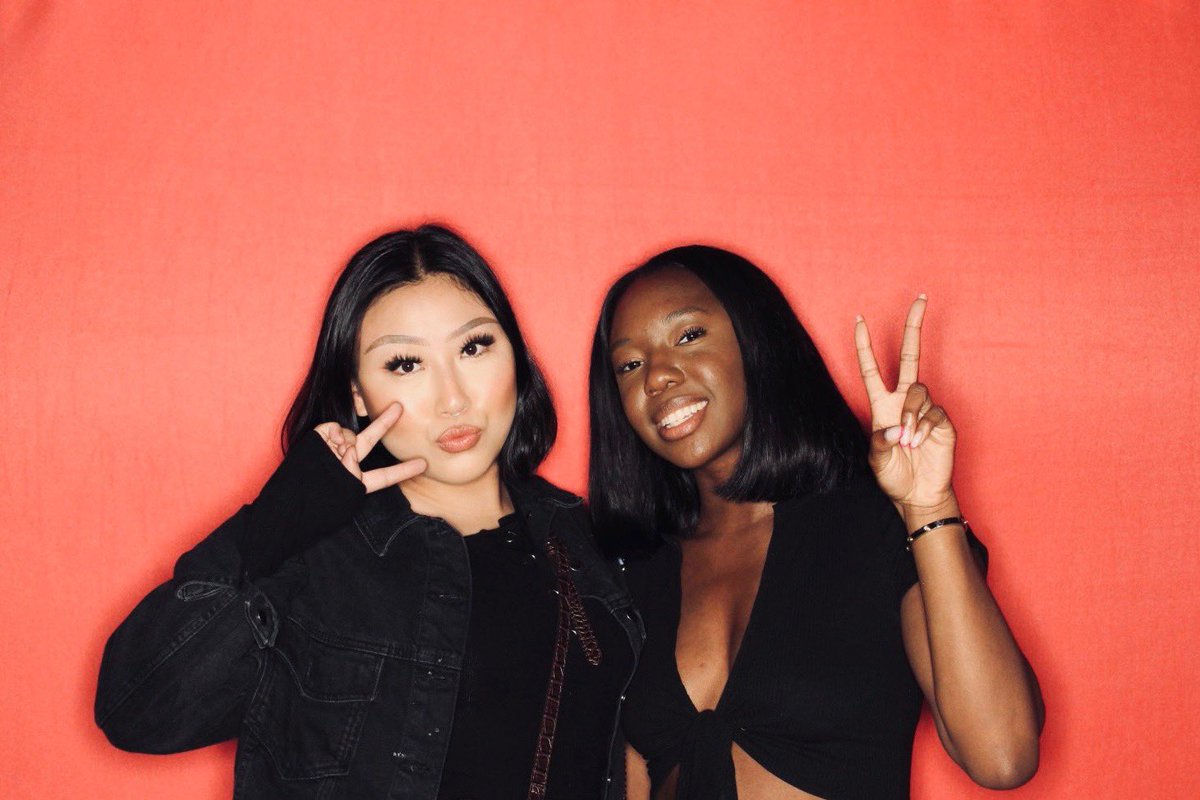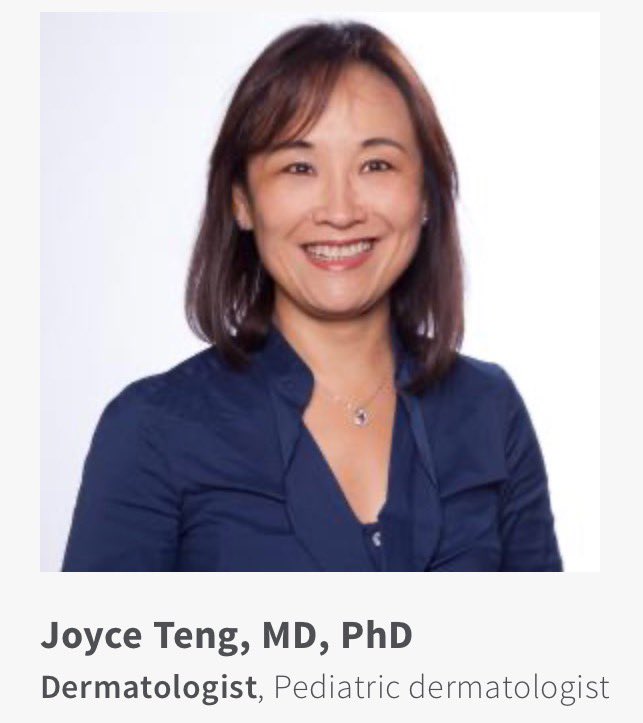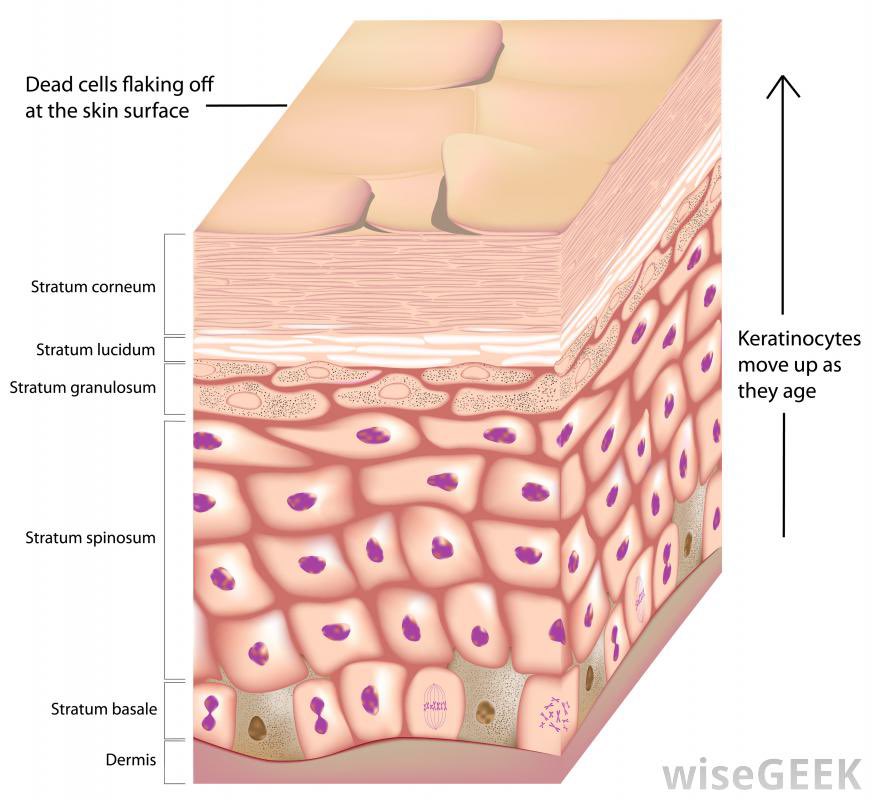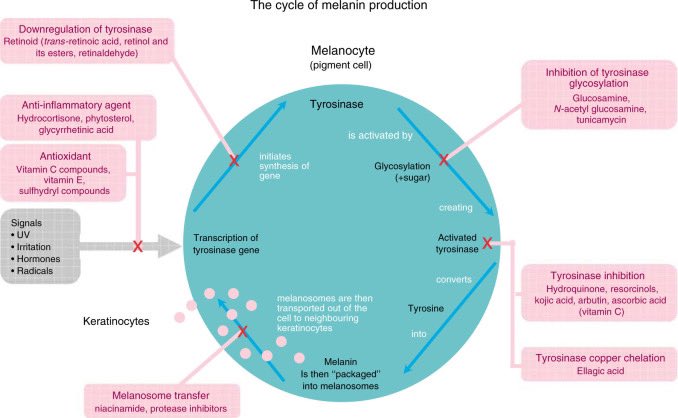Hi everyone! It’s Lily here  https://abs.twimg.com/emoji/v2/... draggable="false" alt="🤗" title="Hugging face" aria-label="Emoji: Hugging face"> just as a brief introduction, I’m a New York State licensed esthetician and I now oversee education here at Topicals.
https://abs.twimg.com/emoji/v2/... draggable="false" alt="🤗" title="Hugging face" aria-label="Emoji: Hugging face"> just as a brief introduction, I’m a New York State licensed esthetician and I now oversee education here at Topicals.
Let’s get started! Tell me one thing about your skin that you love, and one thing that you want to work on. https://abs.twimg.com/emoji/v2/... draggable="false" alt="✨" title="Sparkles" aria-label="Emoji: Sparkles">
https://abs.twimg.com/emoji/v2/... draggable="false" alt="✨" title="Sparkles" aria-label="Emoji: Sparkles">
Let’s get started! Tell me one thing about your skin that you love, and one thing that you want to work on.
I’ll start! Hyperpigmentation is my primary concern at the moment. My skin has fully recovered from a severe hormonal acne breakout I had a little while ago, and now I’m working on repairing the residual hyperpigmentation, which is what I’ll discuss here today.  https://abs.twimg.com/emoji/v2/... draggable="false" alt="☺️" title="Smiling face" aria-label="Emoji: Smiling face">
https://abs.twimg.com/emoji/v2/... draggable="false" alt="☺️" title="Smiling face" aria-label="Emoji: Smiling face">
Your turn.
Your turn.
So, before we get started, I want to introduce Topicals. We’re a skincare brand launching late this spring.  https://abs.twimg.com/emoji/v2/... draggable="false" alt="🌸" title="Cherry blossom" aria-label="Emoji: Cherry blossom">
https://abs.twimg.com/emoji/v2/... draggable="false" alt="🌸" title="Cherry blossom" aria-label="Emoji: Cherry blossom">
Our focus is on managing skin conditions such as hyperpigmentation, eczema, or keratosis pilaris using medicated formulations that work.
Our focus is on managing skin conditions such as hyperpigmentation, eczema, or keratosis pilaris using medicated formulations that work.
Topicals is co-founded by Olamide and Claudia. Along with Claudia and Olamide is Dr. Joyce Teng, MD, PhD. Dr. Joyce is a professor and Head of dermatology at Stanford University.
Our full line is formulated strictly in a lab with the assistance of a cosmetic chemist.
Our full line is formulated strictly in a lab with the assistance of a cosmetic chemist.
You can read more about our team here: https://mytopicals.com/pages/about
Now">https://mytopicals.com/pages/abo... let’s get this hyperpigmentation chat started! First, what is hyperpigmentation? To put it briefly, it’s the overproduction of melanin as a result of inflammation within the skin.
Now">https://mytopicals.com/pages/abo... let’s get this hyperpigmentation chat started! First, what is hyperpigmentation? To put it briefly, it’s the overproduction of melanin as a result of inflammation within the skin.
Hyperpigmentation is an inflammatory response that occurs when your skin is experiencing some sort of inflammation. A few factors that can cause this inflammation are:
- Acne
- Heat
- Hormones
- Friction
- UV rays
- Ingrown hairs
- Eczema
- Acne
- Heat
- Hormones
- Friction
- UV rays
- Ingrown hairs
- Eczema
So how does visible hyperpigmentation actually form? We have what’s known as the epidermal inflammatory response. During this process, when your skin is exposed to one of the above factors, tyrosinase enzymes inside your skin are activated which creates activated tyrosinase.
This activated tyrosinase then converts to tyrosine which then converts into melanin. The melanin is packaged inside melanosomes which then carry themselves outside of the cell. The melanin (still inside the melanosomes) is then transferred to our keratinocytes.
Keratinocytes are the most common type of skin cells. They form in the basal layer and gradually work their way up over the course of a few weeks to the stratum corneum (the layer visible to the eye). At this point, you start to notice the hyperpigmentation.
Attached is the full process. Now, how do we treat hyperpigmentation? The most utilized method is by inhibiting the tyrosinase enzyme from producing this excessive melanin. Ingredients that do this are known as tyrosinase inhibitors. A few are listed in this graphic.
Let’s highlight a few ingredients we formulate with in our lab that directly target hyperpigmentation:
- Tranexamic Acid
- Kojic Acid
- Niacinamide
- Azelaic acid
- Alpha-Arbutin
- Licorice Root
- Tranexamic Acid
- Kojic Acid
- Niacinamide
- Azelaic acid
- Alpha-Arbutin
- Licorice Root
Tranexamic acid works by inhibiting plasmin (which is an enzyme that destroys blood clots in the body).
Increased plasmin, which occurs when our skin is exposed to UV rays for example, activates the process of melanin being created, this process is known as melanogenesis.
Increased plasmin, which occurs when our skin is exposed to UV rays for example, activates the process of melanin being created, this process is known as melanogenesis.
Kojic acid is a tyrosinase inhibitor that works by chelating copper at the active site of tyrosinase which then stops tyrosinase from converting into tyrosine and then melanin.
A lot of science, I know. But that’s what we’re all about here! True science backed skincare. https://abs.twimg.com/emoji/v2/... draggable="false" alt="🙂" title="Slightly smiling face" aria-label="Emoji: Slightly smiling face">
https://abs.twimg.com/emoji/v2/... draggable="false" alt="🙂" title="Slightly smiling face" aria-label="Emoji: Slightly smiling face">
A lot of science, I know. But that’s what we’re all about here! True science backed skincare.
Kojic acid + tranexamic acid both have been shown to have comparable efficacy to hydroquinone, which is acknowledged as the gold-standard in treating hyperpigmentation, but it carries a risk of causing contact dermatitis, & potentially exogenous ochronosis.
Kojic acid and tranexamic acid do not share those same risks as hydroquinone. Also, in a randomized, controlled study, Kojic acid used with vitamin C resulted in a greater reduction in hyperpigmentation than hydroquinone did. They can be used for a longer period of time, too.
Now Niacinamide. One of my personal favorite ingredients  https://abs.twimg.com/emoji/v2/... draggable="false" alt="😍" title="Smiling face with heart-shaped eyes" aria-label="Emoji: Smiling face with heart-shaped eyes">
https://abs.twimg.com/emoji/v2/... draggable="false" alt="😍" title="Smiling face with heart-shaped eyes" aria-label="Emoji: Smiling face with heart-shaped eyes">
It works to treat hyperpigmentation in a few ways (three, to be specific) but I want to highlight the most important way:
- Stopping melanosomes from being transferred to keratinocytes which results in visible HP.
It works to treat hyperpigmentation in a few ways (three, to be specific) but I want to highlight the most important way:
- Stopping melanosomes from being transferred to keratinocytes which results in visible HP.
Azelaic acid is next!  https://abs.twimg.com/emoji/v2/... draggable="false" alt="✨" title="Sparkles" aria-label="Emoji: Sparkles"> If you have texture/acne AND hyperpigmentation, this ingredient should be your best friend.
https://abs.twimg.com/emoji/v2/... draggable="false" alt="✨" title="Sparkles" aria-label="Emoji: Sparkles"> If you have texture/acne AND hyperpigmentation, this ingredient should be your best friend.
It works by preventing the conversion of tyrosine to melanin. Which means no excess melanin will be deposited into your stratum corneum via keratinocytes.
It works by preventing the conversion of tyrosine to melanin. Which means no excess melanin will be deposited into your stratum corneum via keratinocytes.
Alpha Arbutin, which is a hydroquinone derivative, prevents the activation of tyrosinase. But, unlike hydroquinone, it does not result in the destruction or cytotoxicity (this means something is toxic to living cells) of melanocytes. Melanocytes are pigment cells.
Last is licorice root extract. This is an antioxidant, anti-inflammatory, melanin-degrading, tyrosinase inhibitor. One of its components, liquirtitin, removes excess melanin from keratinocytes in our epidermis. Another component, glabridin, reduces inflammation.
So let’s recap now that we’ve broken down all the science:
- Reducing inflammation is critical because you don’t want to start the process of melanogenesis, which is triggered by inflammation.
- Tyrosinase inhibitors are mandatory when treating hyperpigmentation
- WEAR SPF
- Reducing inflammation is critical because you don’t want to start the process of melanogenesis, which is triggered by inflammation.
- Tyrosinase inhibitors are mandatory when treating hyperpigmentation
- WEAR SPF
Now that we’ve covered ingredients, I also want to discuss 2 forms of hyperpigmentation. There is post inflammatory hyperpigmentation (PIH) and melasma, which is hormonal hyperpigmentation. Melasma requires a bit more of an intensive treatment due to the hormonal aspect.
PIH is most commonly seen after a breakout heals. The mark that’s left behind is known as post inflammatory hyperpigmentation. For melasma, it can occur with pregnancy, birth control, and even stress. It’s mostly linked to estrogen and progesterone (take a look at your BC!)
Melasma is a bit harder to treat because it expresses itself both in the epidermis AND the dermis, whereas PIH is expressed primarily in the epidermis. The deeper in the skin, the harder it is to target. But tranexamic acid + licorice root prove to be quite effective for melasma.
Now, before we answer your questions, let’s play a fun game!
If you can describe how hyperpigmentation forms in less than 2 tweets, we’ll send over Topicals merch AND a gift card to shop once we launch. Explain it as best as you can. GO! https://abs.twimg.com/emoji/v2/... draggable="false" alt="✨" title="Sparkles" aria-label="Emoji: Sparkles">
https://abs.twimg.com/emoji/v2/... draggable="false" alt="✨" title="Sparkles" aria-label="Emoji: Sparkles">
If you can describe how hyperpigmentation forms in less than 2 tweets, we’ll send over Topicals merch AND a gift card to shop once we launch. Explain it as best as you can. GO!
To end this thread, if you’re struggling with figuring out exactly which ingredients target your specific concerns, we created a free skincare game to help you.
Play Skin, Sun, & Stars here: https://mytopicals.com/pages/skinsunandstars">https://mytopicals.com/pages/ski...
Here were my results! https://abs.twimg.com/emoji/v2/... draggable="false" alt="🤗" title="Hugging face" aria-label="Emoji: Hugging face"> https://twitter.com/caveofbeauty/status/1230281566523396097?s=21">https://twitter.com/caveofbea... https://twitter.com/caveofbeauty/status/1230281566523396097">https://twitter.com/caveofbea...
https://abs.twimg.com/emoji/v2/... draggable="false" alt="🤗" title="Hugging face" aria-label="Emoji: Hugging face"> https://twitter.com/caveofbeauty/status/1230281566523396097?s=21">https://twitter.com/caveofbea... https://twitter.com/caveofbeauty/status/1230281566523396097">https://twitter.com/caveofbea...
Play Skin, Sun, & Stars here: https://mytopicals.com/pages/skinsunandstars">https://mytopicals.com/pages/ski...
Here were my results!

 Read on Twitter
Read on Twitter





